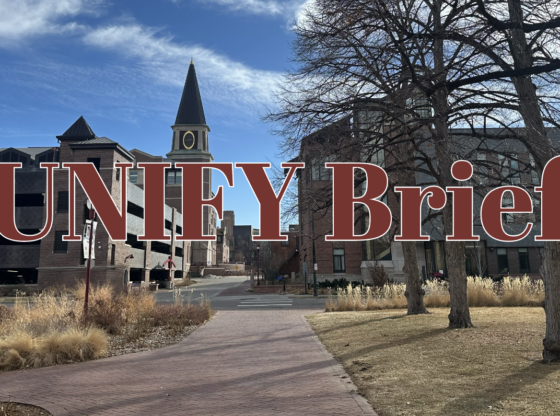For anyone who has been near campus in the last several weeks, changes related to DU’s IMPACT 2025 strategic plan are becoming apparent. The plan is ambitious to put it modestly, and aims at large-scale revamp, renovation and engagement of campus and the community. The master plan, announced by Chancellor Chopp this past April, is supposed to incorporate input from students, faculty, staff, outside advisors and neighbors, and as this herculean project advances, sights have been set on a future DU that is a “vital resource” in more ways than twenty.
IMPACT 2025 is currently divided into ten working groups focusing on the plethora of elements the project has taken on, both off and on campus. In line with DU’s intention to be a private university for the public good, many efforts are being focused outward. The working group on the Collaboration for the Public Good has selected a theme of “Thriving Communities” for its Grand Challenges Initiative, which is focusing on more large-scale problems (sometimes keeping track of these project subsets can feel like repeatedly increasing the magnification of a microscope). Another working group is focusing on DU engagement with Denver and the region. It is goals like these that tend to garner the most attention from the wider community.
Over the summer, the Denverite covered some of the changes happening in the DU area. As millions of dollars of building projects take place on campus, there are also plans for new restaurants nearby, more programming to bring visitors to campus and the possibility of one-way traffic on York St. The article quoted Debbie Harrington, the president of the University Park Community Council, as saying that the neighborhood is “cautiously optimistic” about the efforts. While there is lots of benefit to be gained from the changes, realistically-minded people like Harrington are likely wise to put caution on their optimism—strategic plans do not usually go entirely and swimmingly according to plan. However, Harrington mentions that many people live in the neighborhood in part because of the resources the university can provide, and the changes could be a positive boost.
Harrington was quoted in another Denverite article expressing hope for a “mutually enriching” relationship between community and campus. A part of that relationship will most certainly come through buildings themselves, and as this article lists, demand for housing near DU is sky high and being acted on by various developers. Herein lies one of the most crucial parts of IMPACT 2025’s community efforts. Moving the DU area away from a Hogwarts-Hogsmeade model (in which interaction is fairly transactional) and towards an inviting and bountiful place of porous community engagement will, in the hopes of project leaders, make it a more desirable place for everyone. But as has been observed in many other notoriously-expensive college towns, this can mean that the area will become less and less affordable.
The text of IMPACT 2025 mentions a focus on affordable housing, but it is not entirely clear how this can be achieved. Public transportation is a good first step, and an Urban Land Institute committee that gave recommendations to DU over the summer included emphasizing public transit and possibly installing a shuttle system around campus. There have also been recommendations for down-payment and rental assistance for faculty and staff as an incentive to live near campus. However, more concrete ideas about how to ensure we aren’t on our way to being an even more expensive little enclave are needed.
Keeping neighbors included in the process will help, and as Harrington mentioned, neighbors are being encouraged to participate. To some extent, rising demand for housing in the area will inevitably make it more expensive, but DU has made it wildly apparent that it has the capability to transform the area, and this can include strategies to keep the district as accessible as possible. If DU has the ambition and imagination to come up with a plan like IMPACT 2025, there should certainly be enough creativity when it comes to including people of all incomes in the plentiful benefits the plan seeks to bestow.










